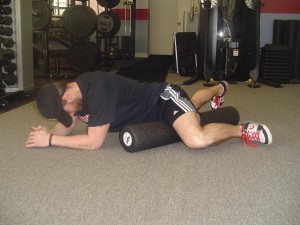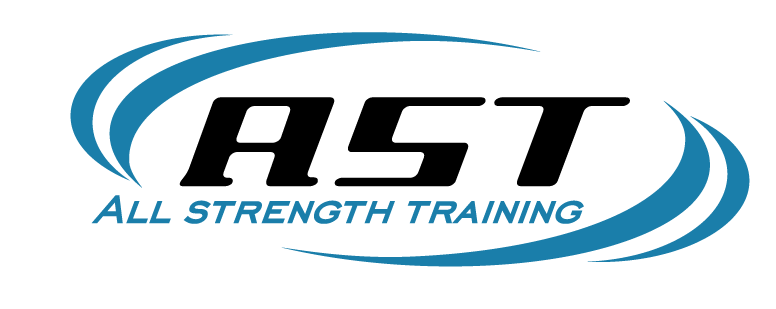Common Misuses of Foam Rolling

Foam rolling, or self-myofascial release (SMR) if you’re fancy, is widely accepted as a useful tool for correcting postural dysfunction and alleviating muscle soreness and stiffness. However, just like anything, there is a right way and a wrong way to apply it. Here are some of the more common mistakes that I see when it comes to soft tissue work, and how to fix it:
Working in a Haphazard Order
Particularly when used for corrective exercise and treating posture dysfunction, there are specific patterns you should follow when foam rolling. Instead of just jumping around to whatever feels the tightest,follow steps to ensure that as you release tension in one area, it preemptively releases tension in other areas along what are called the myofascial lines. here are a few simple guidelines to follow to get the most out of the least amount of time:
- Always, always start with the feet (plantar fascia) first.
- Work from the pelvis outward. If you need to release tension in my calves and my glutes, start with the glutes and work toward the calves. If it’s the lower back and the traps, start with the lower back and work along the vertebrae of the spine until you arrive at the traps.
Rolling Stiff and Lengthened Muscles, Not Tight and Short Ones
Here is the best example of this scenario – somebody will walk into the gym, grab a lacrosse ball or foam roller, and start attacking the area between the shoulder blades. Why? Because the area feels stiff and sore. Logically, this would make sense; however, in application all it does is make the problem worse. Here is why.
In corrective exercise, there are typically two types of muscles, usually situated opposite each other. There are muscles that are loose and lengthened (and often weak, but not necessarily), and muscles that are tight and short (usually stronger than their loose and lengthened counterparts, but again, not necessarily).
If you look at your typical desk jockey, you will usually see rounded shoulders, a hunched upper back, and a forward head tilt. This usually results in tight and short anterior delts, pecs, and traps, with loose and long scapular retractors (rhomboids, teres major and minor, posterior delts). If all I roll is the upper back complex, all that serves to do is release even more tension, which makes the muscles even looser and longer, and allows the opposing muscle groups to get tighter and shorter. A better approach would be to open up the chest and shoulders with soft tissue work first, and then briefly work the upper back to increase blood flow.
Ignoring Trigger Points
The point of foam rolling is to find the areas that create the most discomfort, and apply generous amounts of pressure until the scar tissue that has built up in that area begins to break up and release muscular tension. However, human instinct is to run away from the pain, so what normally happens is that if I spend 2 minutes rolling my IT band, I’ll spend 1:45 rolling the areas that aren’t too awful, and just sort of pay passive attention to the intense pain that comes from the areas that are in need of the most attention.
Instead, pay attention to the two or three areas in each muscle that create the most tension – especially the ones that cause any sort of radiating tension in other muscle groups. There are your trigger points for that area. Spend most of your time here and don’t worry about the rest.
Soft tissue work has a plethora of benefits to everybody from word class athletes to busy executives to the senior citizen who is just trying to maintain mobility, but it only works when it’s applied correctly. Take these three tips and make the appropriate adjustments to get the most out of the least amount of time.

“A better approach would be to open up the chest and shoulders with soft tissue work first, and then briefly work the upper back to increase blood flow.”
So could you explain how I should do this ^